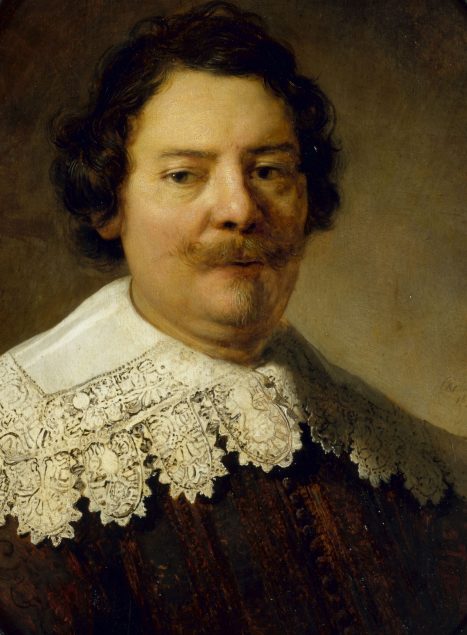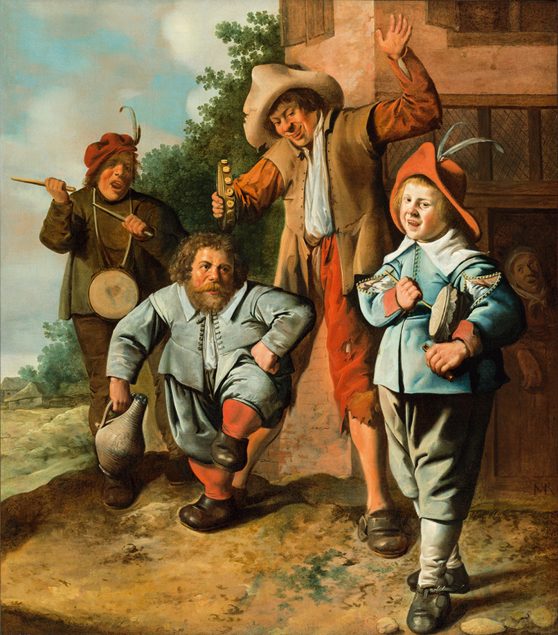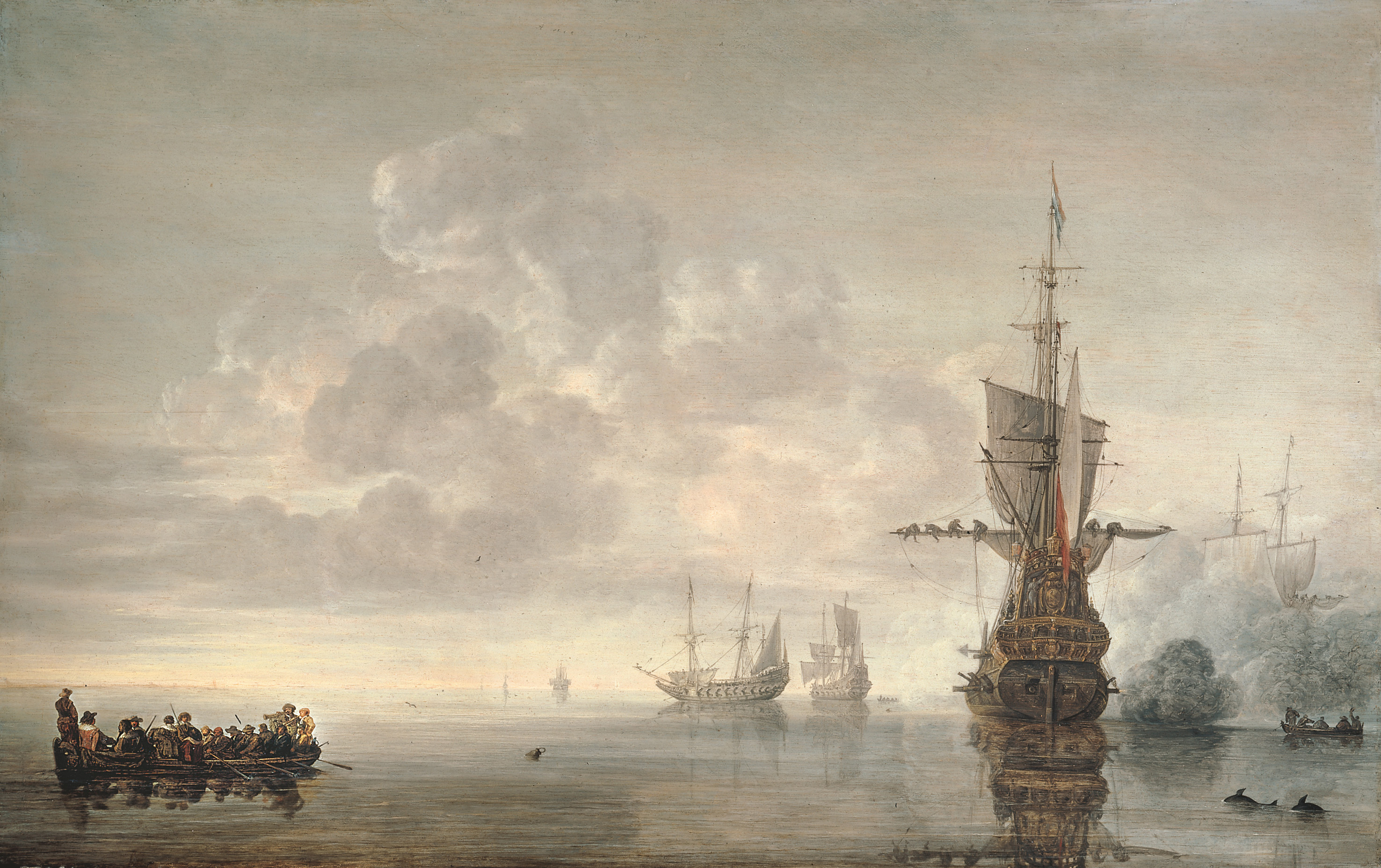Bucerius Kunst Forum
23. September 2017 - 7. January 2018
The Birth of the Art Market: Rembrandt, Ruisdael, van Goyen and the Artists of the Dutch Golden Age is the first exhibition curated by Prof. Dr. Franz Wilhelm Kaiser in his new role as artistic director of the Bucerius Kunst Forum.

- Rembrandt Harmenszoon van Rijn (workshop), Willem Burchgraeff (detail), 1633
Gemäldegalerie Alte Meister, Dresden
In the seventeenth century, the importance of the aristocracy had already dwindled, and the Calvinist reformed church in the Netherlands called for plain, unadorned church buildings. While the traditional art patrons thus largely fell away, an expanding middle class was for the first time able to afford oil paintings. An extraordinarily diverse group of educated and affluent members of society offered fertile ground for an art market whose commercialization would have a greater impact on painting techniques, genres and themes than the original noble and clerical clients had ever had. Artists began to reposition themselves and to paint pictures for an anonymous market rather than on commission, without knowing in advance the wishes of the prospective buyers.

- Jan Miense Molenaer (ca. 1610-1668), Young Musicians and a Dancing Dwarf, ca. 1630–1635
SØR Rusche Sammlung, Oelde/Berlin
- Simon Jacobsz de Vliege The Flagship Aemilia Fires a Salute. 1640
The Descent from the Cross (Rembrandt, 1634)
The exhibition features master works on loan from internationally renowned museums and collections, including the Rijksmuseum, Amsterdam; Museum Boijmans Van Beuningen; National Portrait Gallery, London; Dresden State Art Collections, Old Masters Picture Gallery; Staatliche Museen zu Berlin, Gemäldegalerie; Hamburger Kunsthalle; Bavarian State Painting Collections, Alte Pinakothek; State Museum of Schwerin/ Ludwigslust/ Güstrow; Museumslandschaft Hessen Kassel, Gemäldegalerie Alte Meister; The Kremer Collection, Leipzig Museum of Fine Arts; SØR Rusche Collection, Oelde/ Berlin; National Museum in Warsaw; Liechtenstein, The Princely Collections, Vaduz/ Vienna; and other museums and private collections.
More images

Comments
Post a Comment